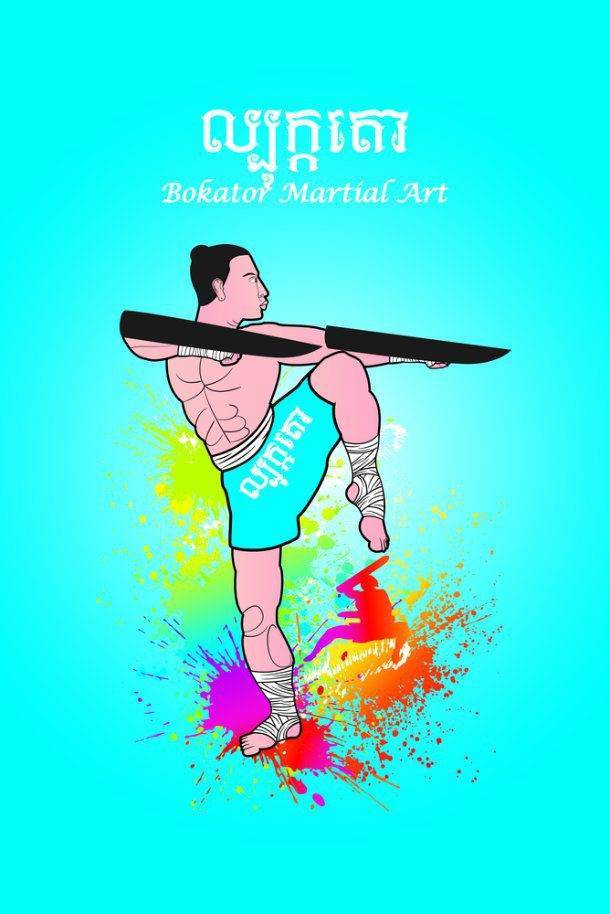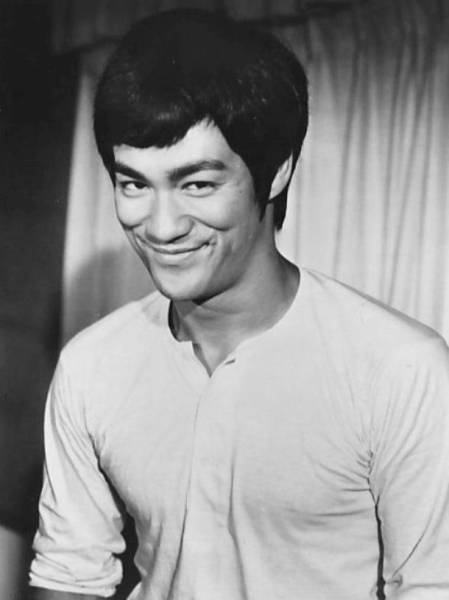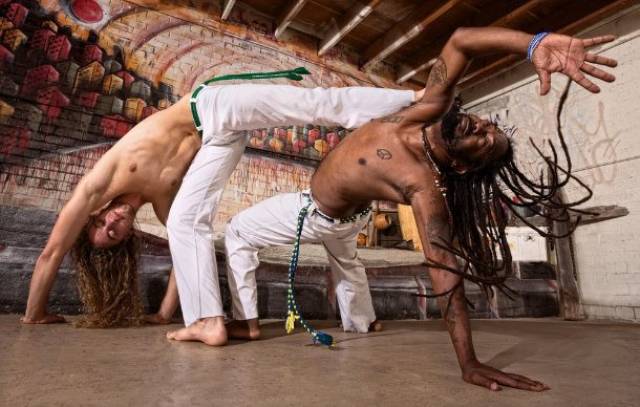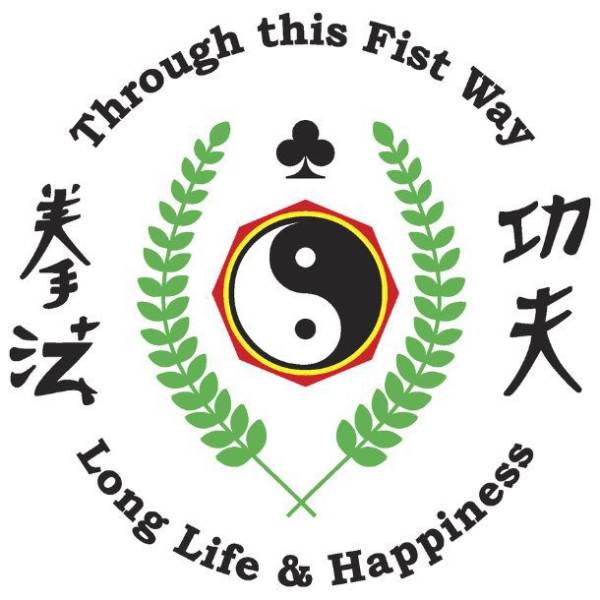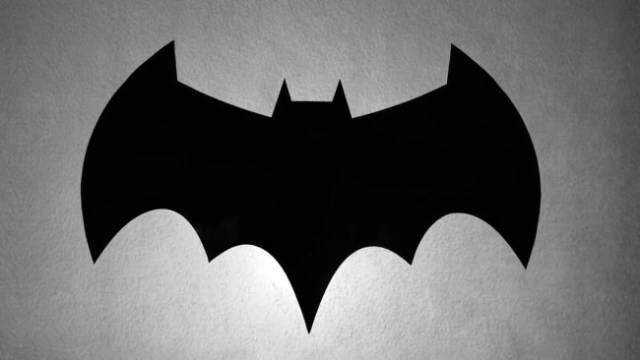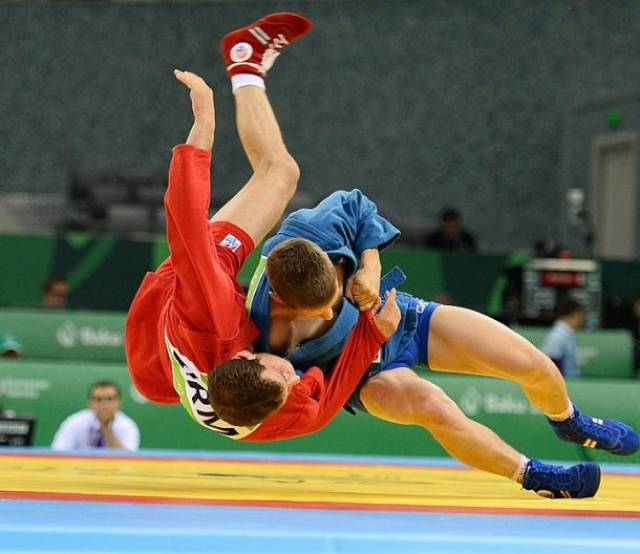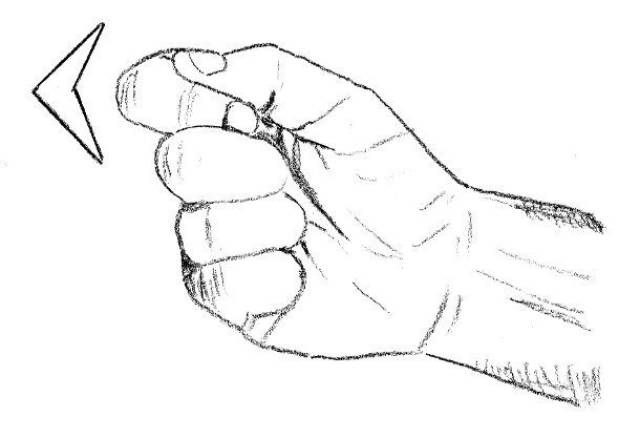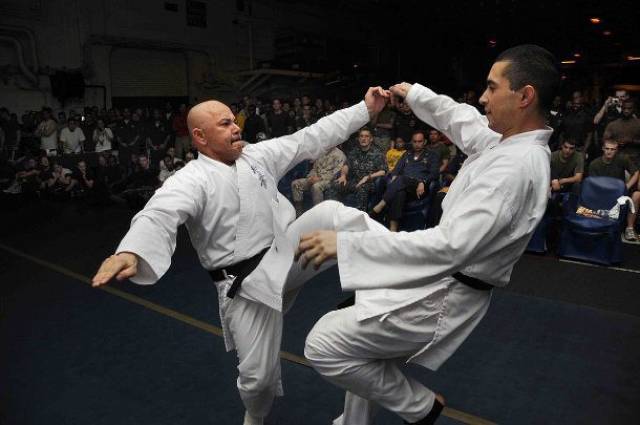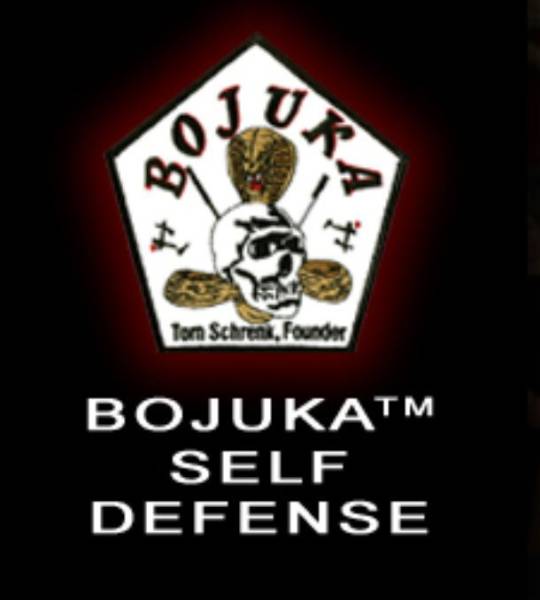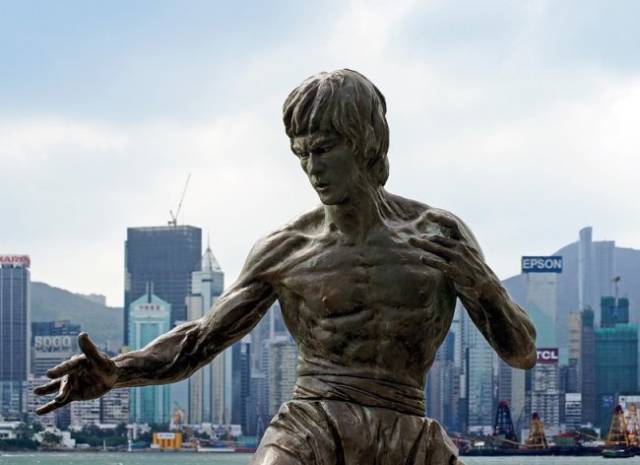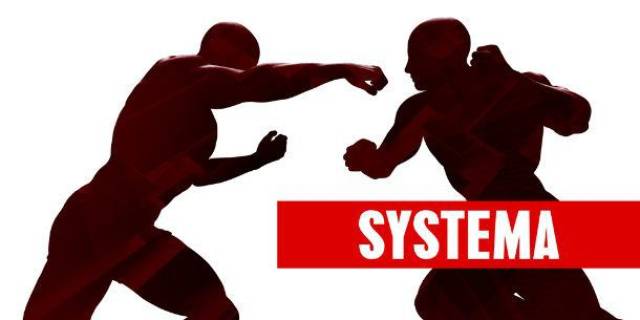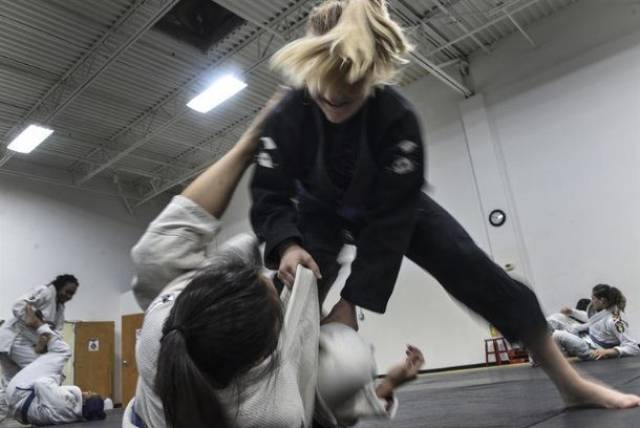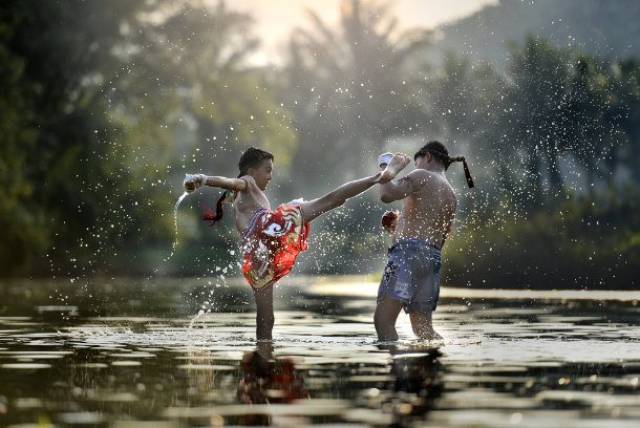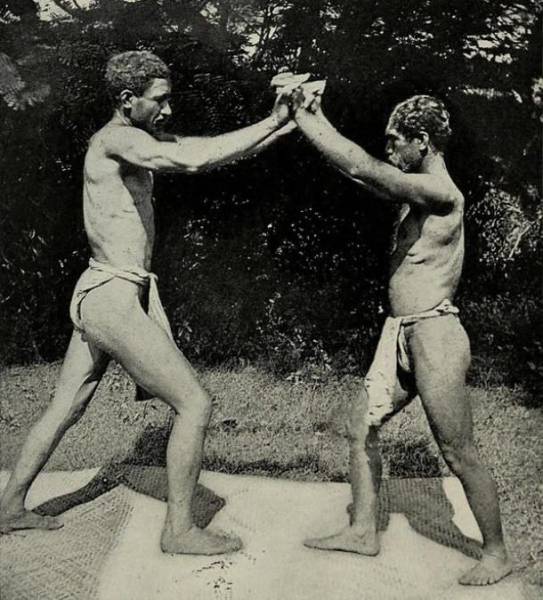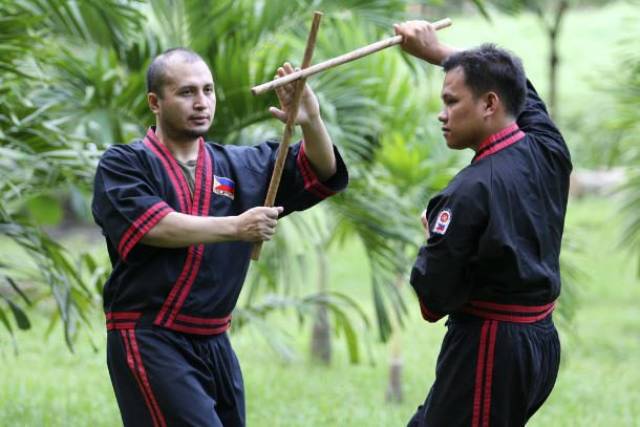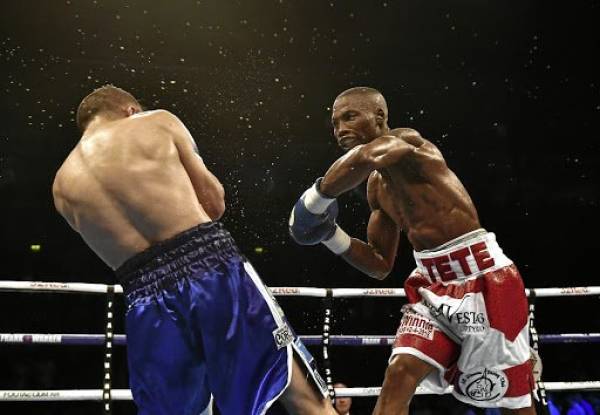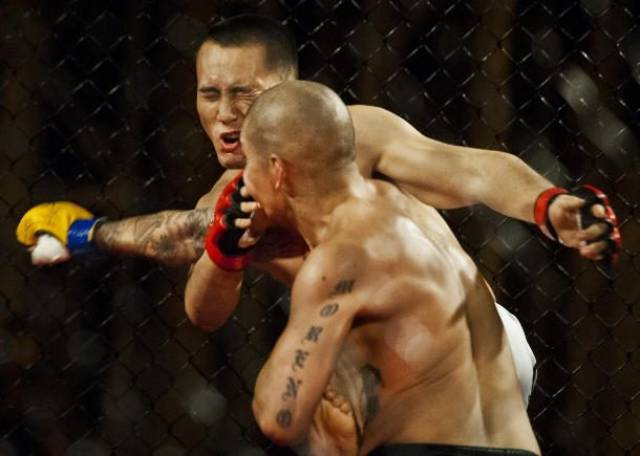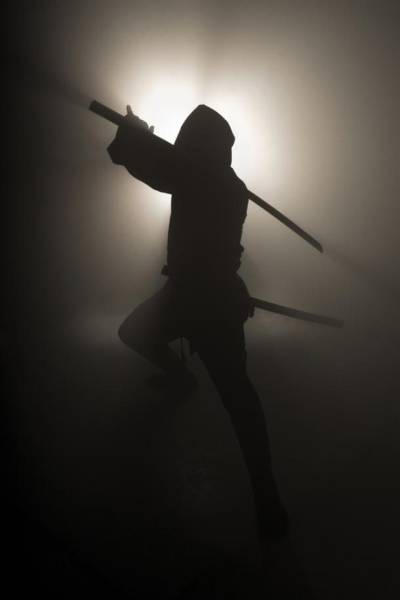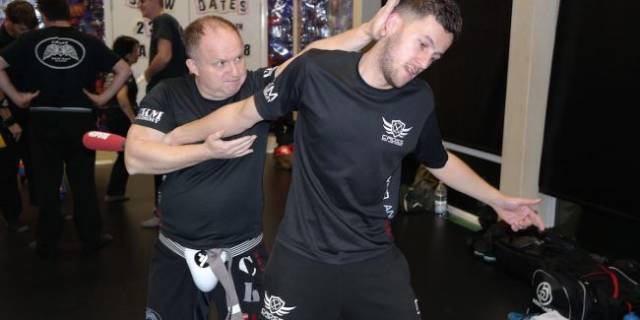Bokator
Originating on the battlefield of Cambodia the ancient martial art translates to “pounding a lion.” The style favors using a diverse array of strikes and weapons, Bokator has been responsible for numerous deaths.
Combato
Used in World War II by the Canadian Armed Forces this lethal martial art style is no longer practiced. The practice was first developed by Bill Underwood in 1910, where several law enforcement agencies requested him to teach their officers. Bill wasn’t too keen on teaching combato, so he developed the more civilian-friendly Defendo in its place.
Jeet Kun Do
This popular hybrid style of martial art was developed by the one and only Bruce Lee. Bruce noticed that other well-known styles where very unpractical and catered this style to the masses.
Shippalgi (Sib Pal Gi)
This martial art has been practiced by the Korean military for hundreds of years. The technique is split into 3 categories – thrust, strike, and slice. Unlike most Korean fighting styles, this martial art focuses more on practical fighting techniques.
Capoeira
Most view capoeira as a display of finesse and skill but this martial art was actually born in the slave ghettos of Brazil. It was developed over a hundred years ago by slaves so they could free or defend themselves from attackers. The styles dance-like movements and powerful kicks gave slaves the opportunity to practice the martial art discretely. Surprisingly it’s frowned upon in certain Brazilian social groups today but still practiced all over the world.
Kajukenbo
Developed in a settlement off Hawaii the style was first used to fight off drunk navy sailors who had a tendency of starting fights. It combines numerous influences and catered to the exact specifications of the locals, highly effective and to the point.
Keysi Fighting Method
Invented by Justo Deigues over many years of street fighting in Spain, it was intended to use for self-defense in violent street-level encounters. The style is similar to the style Batman uses in his most recent films.
Sambo
Developed in the early 1920’s for the Red Army this style is a deadly combination of grappling and wrestling. Originally created improve Soviet special force’s hand to hand combat capabilities, a sudden surge of crime in the area led to the governemnt training security guards and law enforcement as well.
Dim Mak
Known as pressure-point fighting, this ancient martial art style focuses on attacking the susceptible on the opponent’s body through various acupuncture points. Some have been known to knock out or even kill adversaries using this martial art but its underestimation and misunderstanding is its most dangerous appeal.
Kyokushin
This style is very similar to Karate in that it is a full contact upright style of fighting. It has deep philisophical roots of self-improvement, discipline, and respect. Dubbed as one of the more difficult styles to master as it allows and even fopcuses on full-contact sparing that uses very little protective gear. As one of its “spirits” states, “The heart of our karate is real fighting. There can be no proof without real fighting. Without proof there is no trust. Without trust there is no respect. This is a definition in the world of Martial Arts”
Bojuka
This non-sport martial art was developed to enable an outnumbered defender using the least amount of force. Created by Tom Schrenk in the 90’s, he was not focused on having the correct form or scoring points but more on taking control of a difficult situation.
Silat
Coming from Malaysia this fighting style is purely focused on violence. The martial art is all about exploiting your opponents weaknesses and taking them out as quickly as possible.
Systema
Similar to Krav Mage, this Russian based style’s sole purpose is to do as much damage to an opponent as quickly and efficiently as possible.
Brazilian Jiu Jitsu
This fighting style became widely popular due in fact to it being widely used in the UFC. The style’s effectiveness comes from its emphasis on ground and pound fighting and giving a smaller fighter leverage by employing body leverage.
Muay Thai
If you’re familiar with the term Muay Thai then you’re probably a fan of the UFC. The style is known as the “Art of Eight Limbs” for its heavy involvement of elbows and knee strikes.
Kapu Ku’ialua
Also known as Lua, this Hawaiin based martial art may be the most violent of all. With its focus on bone breaking, joint manipulation, and open ocean warfare, the repercussions could be devastating. To prevent such harsh blows from this style, defenders were known to wear coconut oil all over themselves so they couldn’t be grappled with.
Bacom
This Peruvian style martial art was developed on the streets of Lima. Its a hybrid of sorts designed to quickly inflict maximum pain to an opponent. This style is also known for its emphasis on hidden weapons and deception so it’s not unusual for these confrontations to end in death.
Arnis
Discipline and moral values are key components of this Philippine-based martial art. A notable feature of this style is the use of a cane, although historically, a blade of some sort was usually ideal.
Pugilism
Better known as boxing across the world, this style of fighting is notoriously dangerous as it focuses on trauma to the head. It was outlawed in several countries during the 19th century, but the use of gloves and governing bodies brought the sport back to popularity.
Vale Tudo
Loosely translated as “anything goes,” in Portuguese, the full contact combat sport is quite popular in Brazil. Very few rules when partaking in the sport as it combines techniques from other martial arts disciplines. The sport is very bloody and dangerous that the media isn’t too thrilled to report on it.
Ninjutsu
This style is primarily used in Japan by the ninja or shinobi. The martial art focuses on unconventional warfare, espionage, and assassination. Popular in Japan-based movies, the style can be seen to implement many discreet weapons as well.
Krav Maga
Originating for use by the IDF or Israeli Defense Force, Krav Maga is a non-sport martial art, meaning it has no concern of an opponent’s well being. The sole purpose of this style is to inflict as much pain as quickly as possible, which often includes deliberately ending a life. Today it’s used as a means of working out for its cardio values when practicing the art form.

